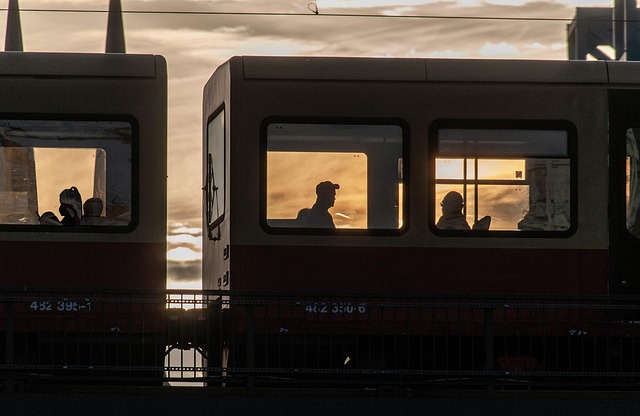When we talk about passenger transport infrastructure, it’s not just about the roads, bridges, and transit systems. It’s about connecting communities, enhancing economic opportunities, and fostering sustainable growth in our rural areas. In every corner of the globe, rural regions are often overlooked, yet they hold a wealth of potential waiting to be unlocked. By focusing on sustainable passenger transport infrastructure, we can cultivate a bright future for rural development.
Transport sustainability is more than just a trend; it is a necessity for the planet and future generations. With the increasing burden of climate change, there is an urgent need to promote eco-friendly modes of transportation. In rural areas, where public transport options may be limited, implementing sustainable practices can significantly impact. For instance, incorporating electric or hybrid vehicles in passenger transport not only reduces emissions but also provides cost-effective solutions for communities that are often economically challenged.
Moreover, enhancing passenger transport infrastructure leads to improved accessibility. This is crucial for rural communities that may lack basic services like healthcare, education, and employment opportunities. By investing in roads, bus services, and rail links, we empower residents to travel more easily and access vital services. A well-planned transport network connects people with jobs, schools, and markets, fostering local economies and promoting social inclusion.
Public engagement is essential in the planning stages of transport infrastructure. Local residents know their needs best, and when they are involved in the decision-making process, it encourages community buy-in and usage of the systems developed. Sustainable transport systems thrive on public participation and transparency. If rural populations feel that their voices are heard and acknowledged, they are more likely to embrace new transport options and encourage others to do the same.
Furthermore, the synergy between rural development and sustainable transport can lead to innovative solutions. For instance, developing multi-modal transport options can facilitate last-mile connectivity, making it easier for residents to complete their journeys. Biking paths, walking trails, and integration with local transit systems can make rural commuting not just accessible but enjoyable. This holistic approach to passenger transport infrastructure creates a seamless experience for users, encouraging more people to choose public transport over private vehicles, thereby reducing the carbon footprint.
A crucial aspect of sustainable passenger transport infrastructure is the integration of technology. In rural areas, technology can bridge gaps in service and offer real-time information about transport options. Programs that enable ride-sharing or on-demand transport services can supplement traditional public transport, catering to the unique needs of rural communities. Mobile apps can provide residents with journey planning tools and updates, thereby enhancing user experience and trust in the system.
Additionally, successful case studies from other regions can serve as models for rural transport enhancements. Communities that have prioritized sustainable transport solutions demonstrate that it is not a one-size-fits-all approach. Tailoring solutions to fit the specific demographic, geographic, and economic contexts of rural areas is paramount. By studying these examples, local governments and stakeholders can adopt best practices while avoiding common pitfalls.
Another factor to consider is funding and investment. Sustainable passenger transport infrastructure often requires initial capital but promises long-term benefits. Public-private partnerships can play a pivotal role in financing these projects. By collaborating with private firms, rural regions can access not only funds but also expertise in developing efficient transport systems that are scalable and sustainable.
In building the future of our rural landscapes, sustainable passenger transport infrastructure stands as a beacon of hope. It offers a framework where communities can thrive, economies can flourish, and the environment can benefit. The road ahead may not always be smooth, but with determination and innovation, we can pave the way for an inclusive and sustainable transportation future for all.




